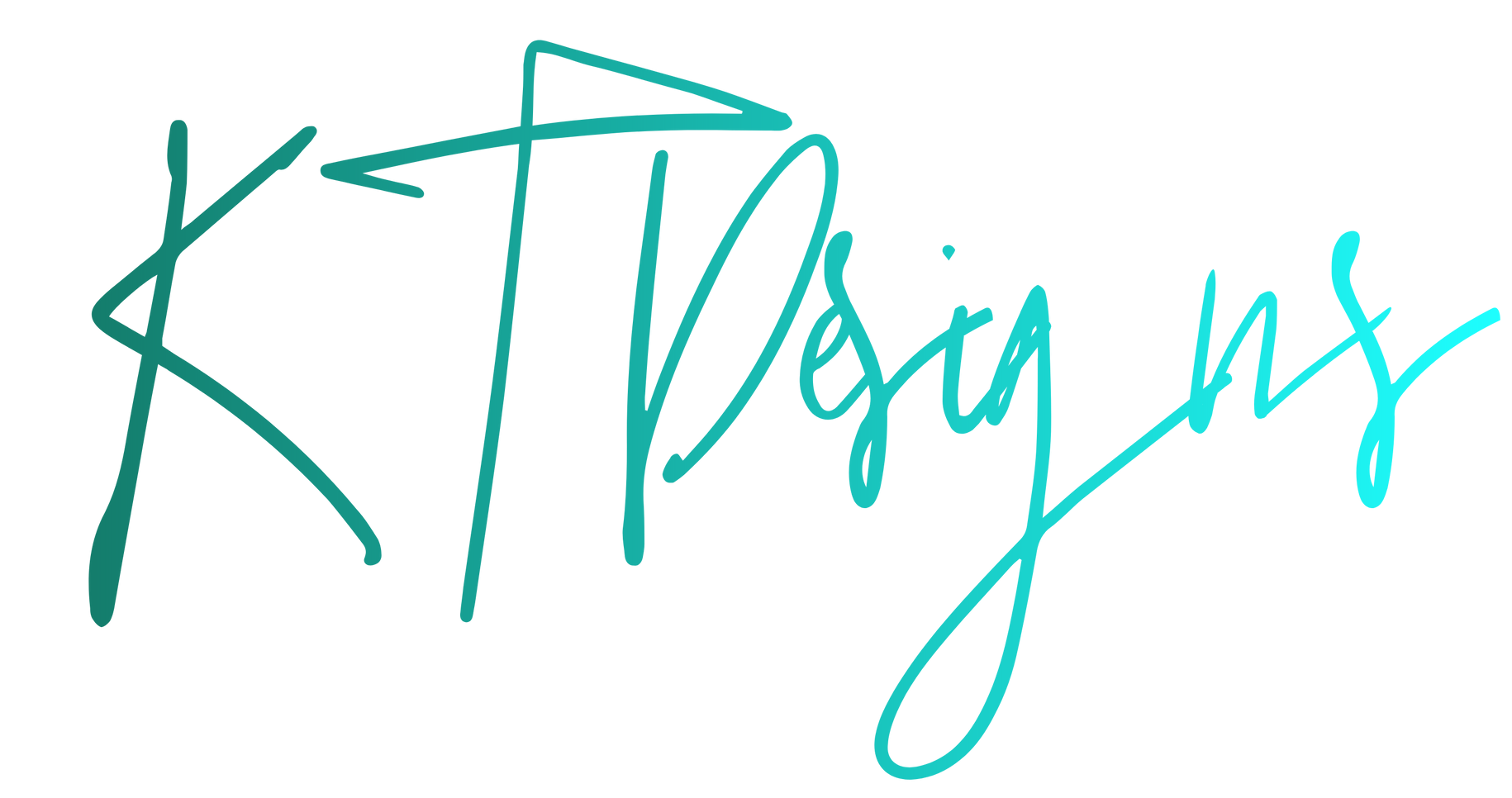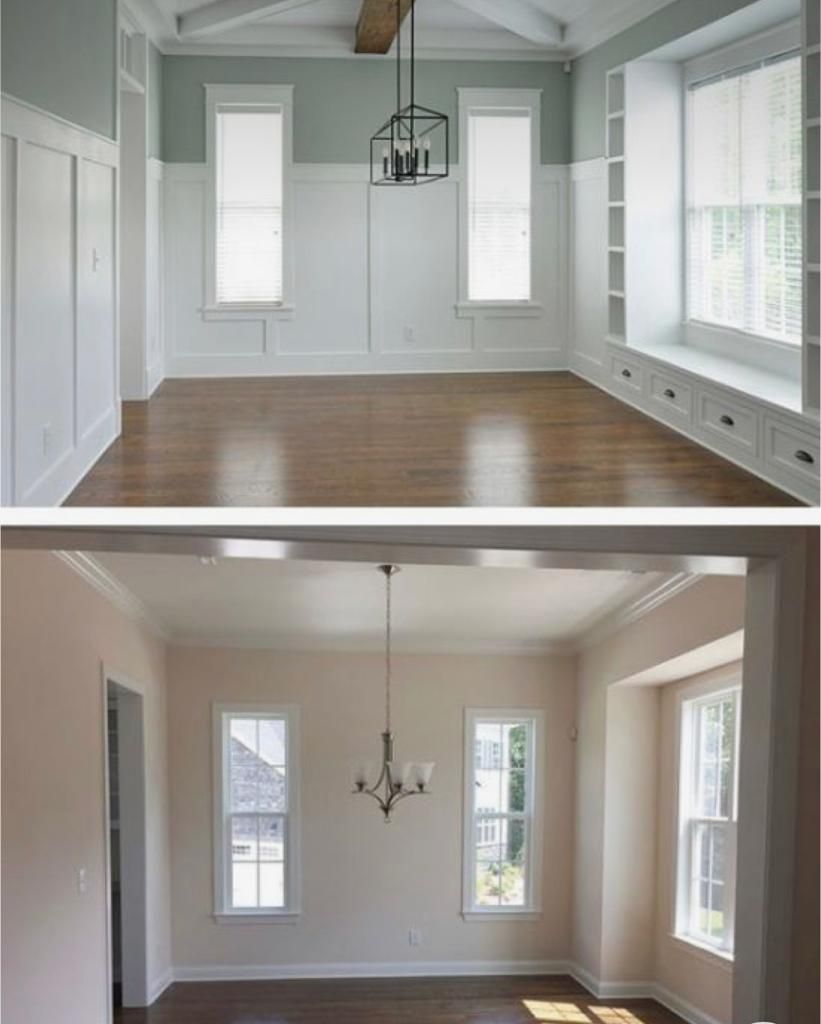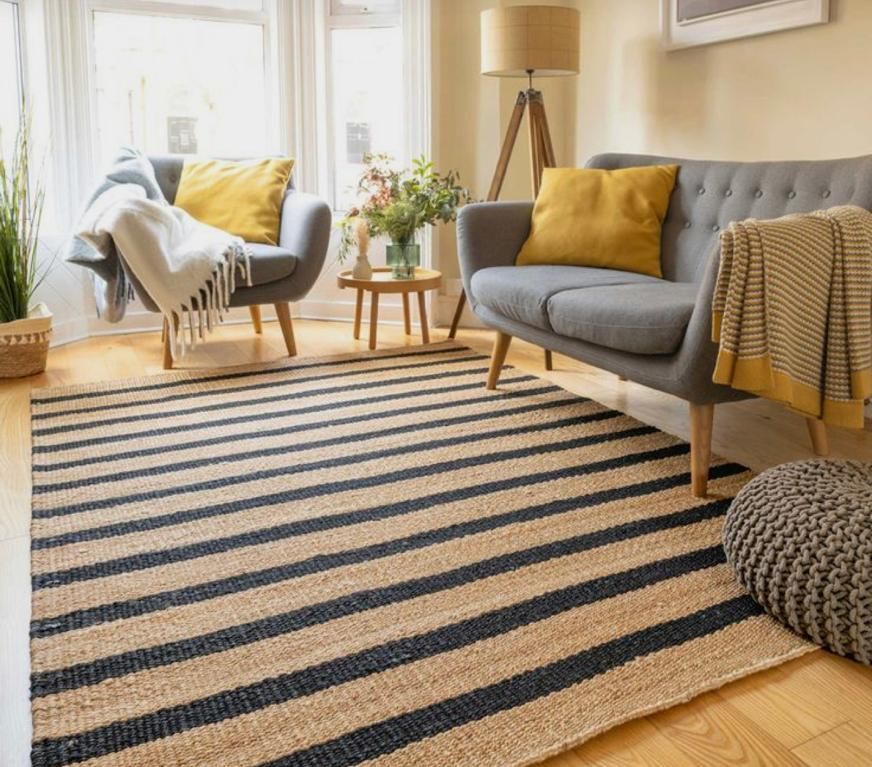An Essential Guide to Home Office Design
In today's fast-paced world, where remote work and telecommuting have become increasingly common, the significance of home office design cannot be overstated. A well-designed home office is more than just a functional space; it's a haven for productivity, creativity, and overall well-being.
In this comprehensive guide, we will take you on a journey through the intricacies of home office design, providing valuable insights, tips, and ideas to help you create a home workspace that not only supports your work but also enhances your lifestyle.

1. Understanding the Importance of Home Office Design
Your home office is more than just a place to work; it's a space where you can excel, innovate, and find solace. Understanding the psychological impact of your workspace can set the foundation for effective home office design.
The Psychology of Workspace
When you step into a well-organized and aesthetically pleasing workspace, you naturally feel more motivated and focused. Your home office design can:
Boost Productivity
A clutter-free and organized office reduces distractions, helping you concentrate on tasks at hand. Proper ergonomics can also prevent discomfort and fatigue, allowing you to work longer and more efficiently.
Inspire Creativity
Aesthetics play a significant role in stimulating creativity. The colors, decor, and overall ambiance of your home office can inspire fresh ideas and innovative thinking.
Improve Mental Well-being
Your surroundings impact your mental state. A well-designed home office can reduce stress, anxiety, and the feeling of being overwhelmed, promoting better mental health.
Work-Life Balance
Creating a designated home office space also helps establish boundaries between work and personal life. When you can physically leave your workspace at the end of the day, it becomes easier to disconnect and recharge.
Cost Savings
Investing in a home office may seem like an expense, but it can actually save you money in the long run. You'll reduce commuting costs, have more control over your work environment, and potentially qualify for tax deductions.
Increased Value of Your Home
Should you ever decide to sell your home, a well-designed home office can be a valuable selling point, attracting buyers who value remote work capabilities.
2. Defining Your Home Office Space
Before you start designing your home office, you need to define its boundaries. Whether it's a dedicated room, a corner of your living room, or a compact nook, knowing your workspace's limits is crucial.
Assessing Your Needs
Consider your job requirements and work habits. Do you need a quiet, isolated space, or can you work in a more open area? Assess your need for privacy, noise control, and accessibility to other parts of your home.
Zoning Your Space
Create a physical boundary for your home office, even within a shared area. Use room dividers, bookshelves, or decorative screens to visually separate your workspace from the rest of the room. This division helps minimize distractions and creates a distinct work environment.
Ergonomic Considerations
Ensure that your workspace accommodates ergonomic principles. Invest in an adjustable chair with lumbar support and a comfortable desk that suits your working style. Your chair and desk should be at the right height to prevent strain on your neck and shoulders.

3. Choosing the Right Location
The location of your home office can significantly impact your work experience. Consider the following factors when choosing where to set up your workspace:
Proximity to Amenities
Position your home office close to essential amenities like a bathroom, kitchen, or coffee maker. This convenience will save you time and minimize disruptions during your workday.
Natural Light
Whenever possible, choose a location with ample natural light. Position your desk near a window to take advantage of daylight. Natural light not only boosts your mood but also reduces the need for artificial lighting.
Noise Levels
Consider the noise levels in different areas of your home. If you're easily distracted, opt for a quieter spot. If your work requires concentration, choose a location away from high-traffic areas.
Separate Entrance
If clients or colleagues occasionally visit your home office, having a separate entrance can enhance professionalism and privacy.
4. Furniture Selection: Ergonomics and Style
Your choice of furniture can make or break your home office design. Focus on the following aspects when selecting furniture:
Ergonomic Design
Invest in an ergonomic chair that supports your back and promotes good posture. Your desk should have ample space for your computer, paperwork, and other essentials. Ergonomics ensure comfort during long work hours.
Style and Aesthetics
Choose furniture that complements your personal style and the overall design of your home. Modern, minimalist, vintage, or eclectic—pick a style that resonates with you. Your home office should be an extension of your personality.
Storage Solutions
Consider storage options that keep your workspace organized. Shelves, cabinets, and drawers are essential for keeping clutter at bay. A tidy workspace promotes focus and productivity.
5. Maximizing Natural Light and Ventilation
Natural light and fresh air can do wonders for your productivity and mood. Here's how to maximize these elements in your home office:
Window Placement
Position your desk near a window to benefit from natural light throughout the day. If privacy is a concern, use blinds or curtains that allow you to control the amount of light entering your workspace.
Ventilation
Ensure proper ventilation in your home office to maintain air quality and prevent stuffiness. Use fans or open windows when needed. Consider air purifiers if you're in an area with poor air quality.
Window Views
A pleasant view can provide a mental break during the workday. If possible, position your desk to overlook a garden, scenic landscape, or a calming outdoor feature.

6. Color Psychology and Home Office Aesthetics
The color scheme of your home office can influence your mood, energy levels, and creativity. Here's a breakdown of color psychology and its impact on your workspace:
Calming Colors
Cool colors like blues and greens promote a sense of calm and concentration. They are ideal for tasks that require focus and attention to detail.
Energizing Colors
Warm colors like yellows and oranges can stimulate creativity and boost energy levels. These colors are great for brainstorming and ideation.
Neutral Tones
Neutral colors like grays, whites, and soft beiges create a versatile backdrop that complements various design styles. They also provide a sense of balance and sophistication.
Accent Colors
Consider using accent colors sparingly to add visual interest and personality to your home office. Incorporate them through decor, artwork, or furniture.
7. Storage Solutions for Organization
An organized workspace is key to productivity. Here are some storage solutions to keep your home office clutter-free:
Shelving Units
Install shelves above or around your desk area to keep frequently used items within easy reach. Floating shelves can add a stylish touch to your office.
Filing Cabinets
Invest in a filing cabinet or drawer system to store important documents and paperwork. Organize files in a way that makes retrieval quick and hassle-free.
Desk Organizers
Use desk organizers for pens, paper, and small office supplies. A tidy desk contributes to a clear mind and increased efficiency.
Concealed Storage
Consider furniture with concealed storage options like desks with built-in drawers or cabinets. Concealed storage keeps your workspace looking neat.
8. Technology Integration: Wiring and Connectivity
In today's digital age, technology integration is crucial for a functional home office. Here's how to ensure seamless connectivity:
Cable Management
Keep cables and wires organized to prevent clutter and tripping hazards. Use cable clips, organizers, or cable sleeves to manage wires neatly.
Power Outlets
Ensure easy access to power outlets for your computer, chargers, and other devices. If needed, consider installing additional outlets or surge protectors.
Internet Connectivity
A reliable internet connection is essential for remote work. Position your home office close to your router or invest in a Wi-Fi extender for a strong signal.
Ergonomic Accessories
Consider ergonomic accessories like a monitor stand, keyboard tray, and cable-free peripherals to optimize your workspace for technology use.
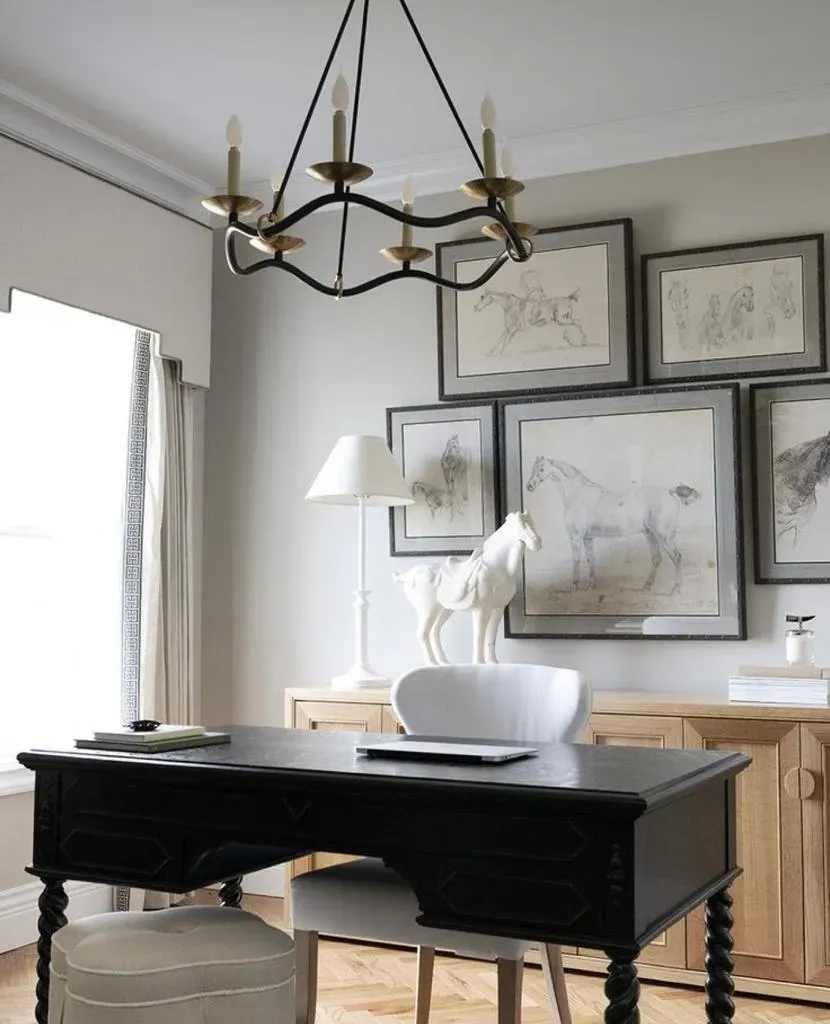
9. Personalizing Your Workspace
While functionality is essential, personalizing your home office adds character and motivation to your workspace. Here's how to infuse your personality:
Decor and Artwork
Display artwork, photographs, or motivational quotes that resonate with you. These elements can inspire creativity and remind you of your goals.
Personal Touches
Add personal touches like family photos, souvenirs, or sentimental items to make your home office feel warm and inviting.
Plants and Greenery
Incorporate indoor plants to bring life and vitality to your workspace. Plants not only purify the air but also create a soothing atmosphere.
Customization
Consider custom furniture or decor that reflects your unique style. Tailoring your workspace to your tastes can make it a place you genuinely enjoy.
10. Incorporating Greenery: The Power of Plants
The presence of plants in your home office can have numerous benefits. Here's how to harness the power of greenery:
Improved Air Quality
Plants act as natural air purifiers, removing toxins and providing fresh oxygen, which can help reduce fatigue and enhance cognitive function.
Stress Reduction
The sight of greenery and the act of caring for plants can reduce stress and promote a sense of calm and well-being.
Enhanced Creativity
Studies have shown that the presence of plants in the workspace can boost creativity and problem-solving abilities.
Plant Selection
Choose low-maintenance indoor plants like snake plants, pothos, or succulents that thrive in indoor conditions. Ensure they receive adequate light and water.
11. Soundproofing and Noise Management
Creating a quiet and focused atmosphere in your home office is essential. Here's how to manage sound effectively:
Soundproofing
If your home office is located in a noisy area, consider soundproofing measures such as acoustic panels, curtains, or rugs to reduce outside noise.
Noise-Canceling Headphones
Invest in noise-canceling headphones to block out background sounds and create a peaceful workspace, especially if you live in a bustling household.
White Noise Machines
White noise machines or apps can help mask distracting sounds and create a consistent background noise that aids concentration.
Establish Quiet Hours
Communicate with family or housemates about your work hours and the importance of minimizing noise during these times.
12. Home Office Lighting: Illuminating Ideas
Effective lighting is crucial for productivity and comfort in your home office. Here are some lighting considerations:
Natural Light
Whenever possible, position your desk near a window to maximize natural light. Natural light reduces eye strain and positively impacts your mood.
Task Lighting
Invest in adjustable task lighting to illuminate your workspace. Desk lamps or pendant lights with adjustable arms are ideal for directing light where needed.
Ambient Lighting
Create a balanced ambiance with ambient lighting. Soft, indirect lighting can reduce harsh shadows and create a comfortable work atmosphere.
Layered Lighting
Use a combination of ambient, task, and accent lighting to achieve the right balance of illumination in your home office.
13. Balancing Work and Personal Life
Maintaining a healthy work-life balance is crucial, especially when your office is at home. Here's how to strike that balance:
Set Boundaries
Establish clear boundaries between work and personal life. Define work hours and stick to them to prevent overworking.
Disconnect
At the end of your workday, disconnect from work-related devices and emails. Create a mental separation between work and leisure.
Create Rituals
Develop rituals that signal the start and end of your workday, such as taking a walk or having a specific closing routine for your home office.
Family Communication
Communicate with your family or housemates about your work schedule and the importance of uninterrupted work time.
15. Budgeting and Cost-Effective Design Solutions
Designing a home office on a budget is achievable with some creativity and resourcefulness. Here are some cost-effective solutions:
Repurpose Furniture
Repurpose existing furniture or shop for second-hand items to save on costs. Old tables can become desks, and storage cabinets can be upcycled.
DIY Projects
Consider DIY projects for shelving, decor, or storage solutions. Pinterest and online tutorials can provide inspiration for budget-friendly ideas.
Minimalist Approach
Adopt a minimalist design approach that focuses on essentials. A clutter-free workspace can be both cost-effective and stylish.
Thrift Stores and Sales
Explore thrift stores, garage sales, or online marketplaces for budget-friendly furniture and decor finds. You might discover unique pieces at a fraction of the cost.
16. Maintenance and Sustainability
Maintaining your home office and making sustainable choices are important for long-term success. Here's how to ensure both:
Regular Cleaning
Maintain a clean and organized workspace by regularly decluttering and cleaning your home office. A tidy space promotes productivity.
Eco-Friendly Materials
Consider using eco-friendly and sustainable materials for furniture and decor. Recycled or upcycled pieces can reduce your environmental footprint.
Energy Efficiency
Opt for energy-efficient lighting and appliances to reduce energy consumption in your home office. This choice benefits both the environment and your utility bills.
Personal Well-being
Prioritize your well-being by taking breaks, staying hydrated, and incorporating wellness practices into your work routine.
17. Conclusion
Home offices will prioritize well-being, with designs that incorporate features like ergonomic furniture, biophilic elements, and wellness technology. Creating your ideal home office is a journey of self-discovery and design exploration. By understanding the importance of home office design, defining your space, and carefully considering factors like location, furniture, lighting, and personalization, you can create a workspace that not only boosts your productivity but also enhances your overall quality of life.
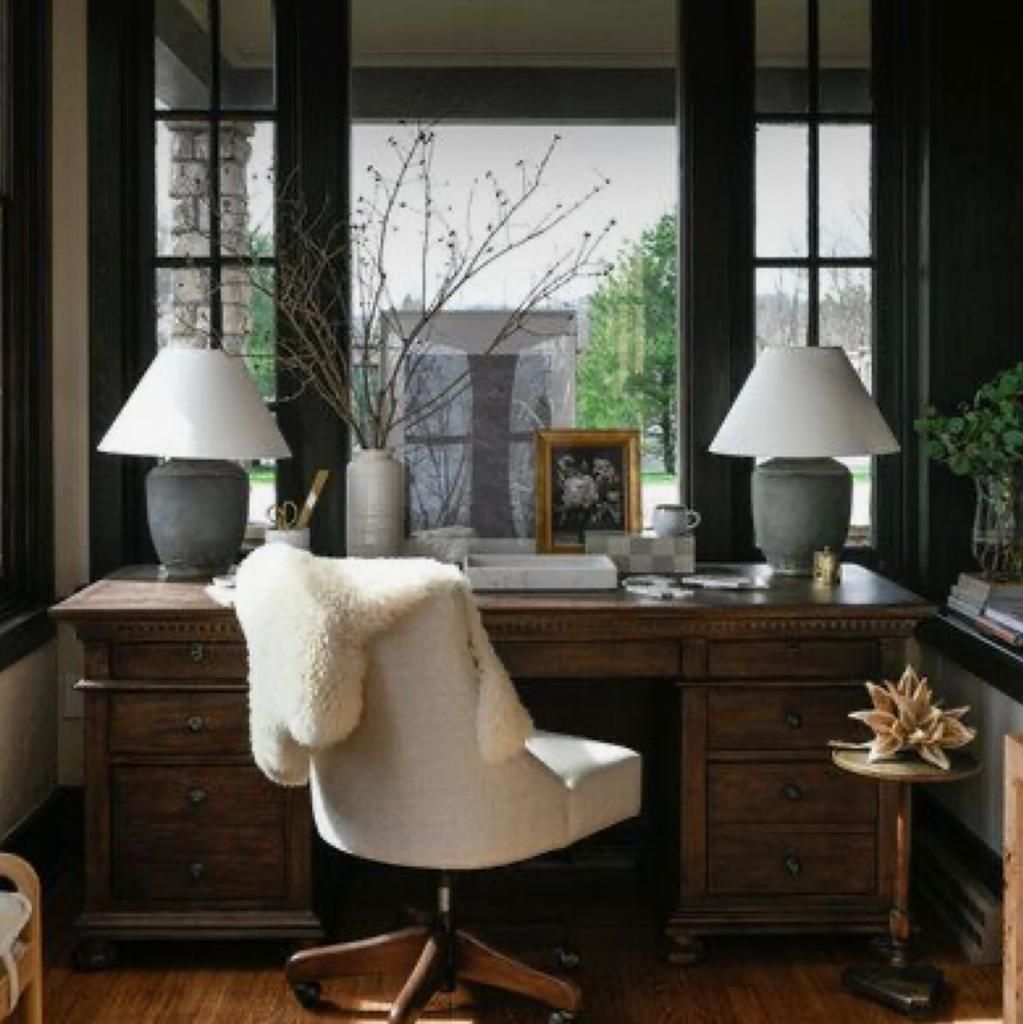
FAQ
1. Do I need a dedicated room for a home office, or can I use a shared space?
The need for a dedicated room depends on your work style and the level of privacy you require. Shared spaces can work if you minimize distractions and establish a clear work zone within them.
2. What is the optimal layout for a home office?
The optimal layout varies based on your work needs and space available. Consider factors like natural light, ergonomic furniture placement, and proximity to amenities.
3. How can I make my home office more ergonomic?
Invest in an ergonomic chair, adjustable desk, and proper accessories like a monitor stand and keyboard tray. Ensure your workspace promotes good posture and comfort.
4. What are some cost-effective ways to design a home office?
Repurpose existing furniture, explore DIY projects, and shop for budget-friendly items at thrift stores or online marketplaces. Focus on essentials and adopt a minimalist approach.
5. Should I prioritize aesthetics or functionality in my home office design?
A balance between aesthetics and functionality is ideal. Your home office should reflect your style while supporting your work needs and comfort.
6. What is the best color scheme for a productive home office?
Color preferences vary, but cool colors like blues and greens promote focus, warm colors like yellows boost energy, and neutral tones provide versatility.
7. Are there any plants that thrive in home office environments?
Low-maintenance indoor plants like snake plants, pothos, and succulents thrive in home office conditions. They improve air quality and create a calming atmosphere.
8. How can I deal with noise and distractions when working from home?
Use noise-canceling headphones, communicate with family about your work hours, and create physical barriers to minimize noise and distractions.
9. What lighting solutions are best for a home office?
Maximize natural light when possible. Use task lighting for work-related tasks and ambient lighting to create a balanced atmosphere.
10. How can I maintain a healthy work-life balance when my office is at home?
Set clear boundaries for work hours, disconnect from work devices at the end of the day, establish rituals, and communicate with family or housemates about your schedule.
